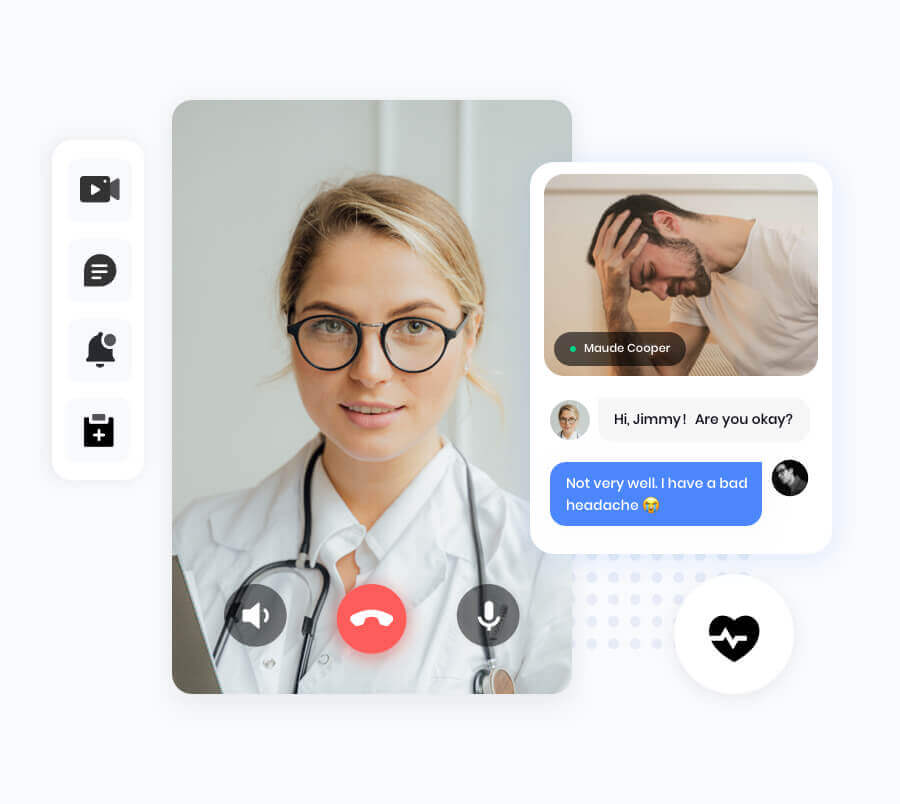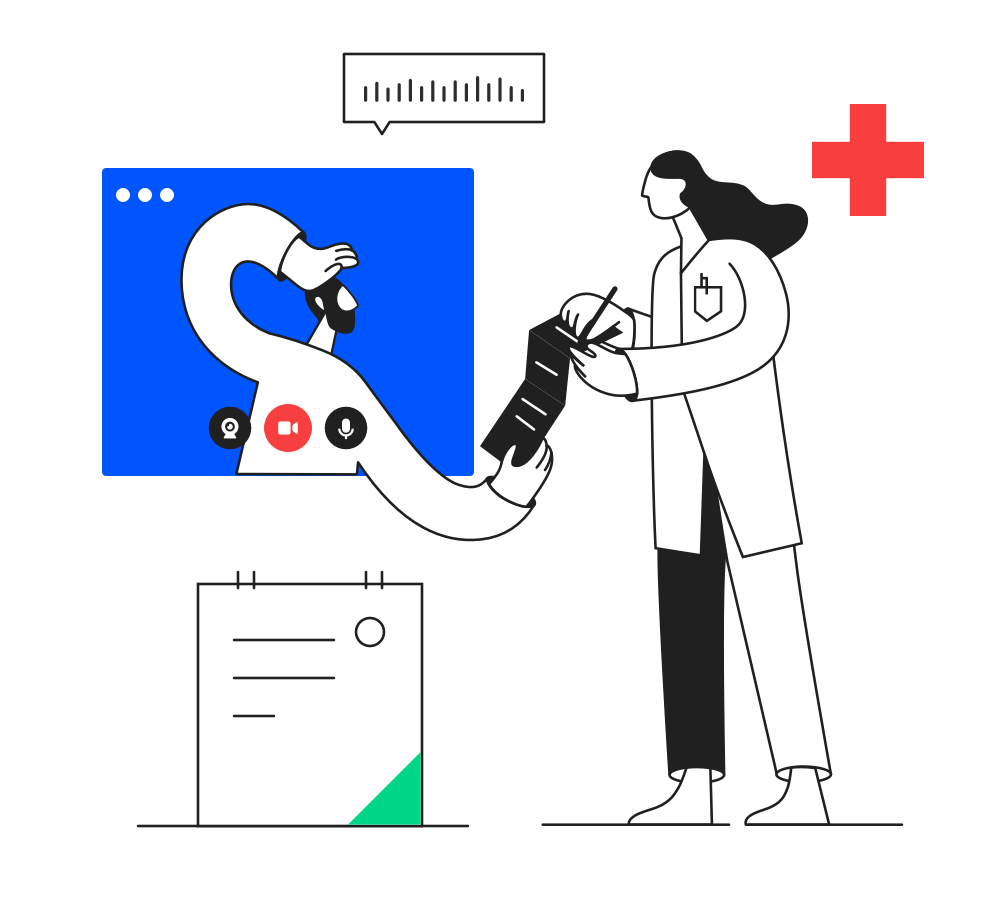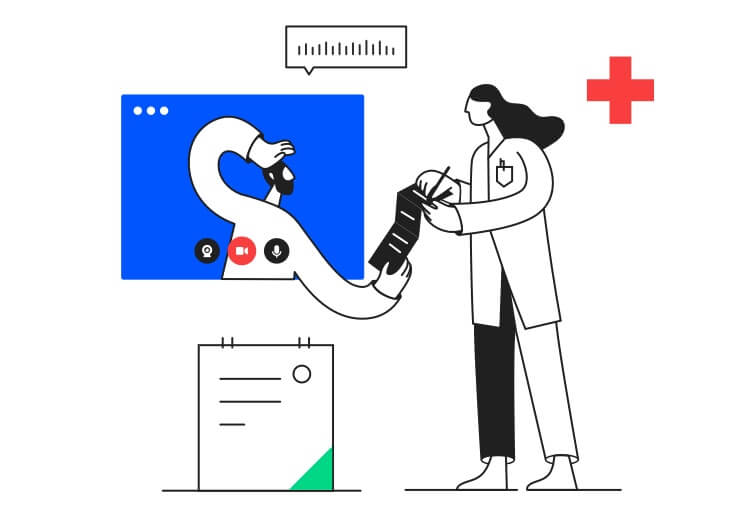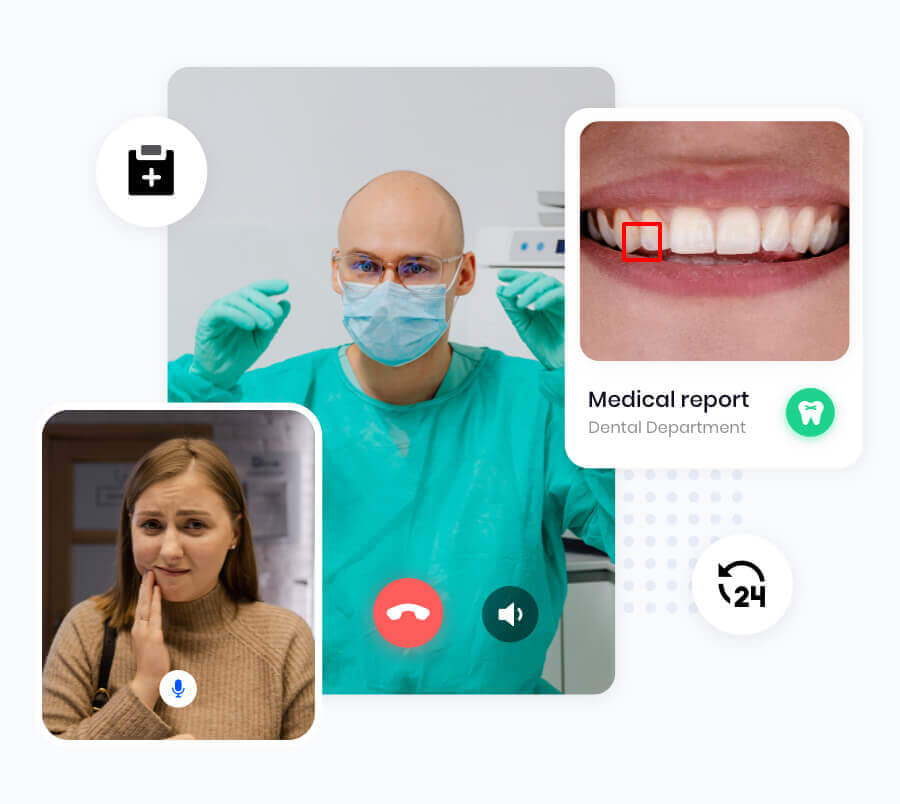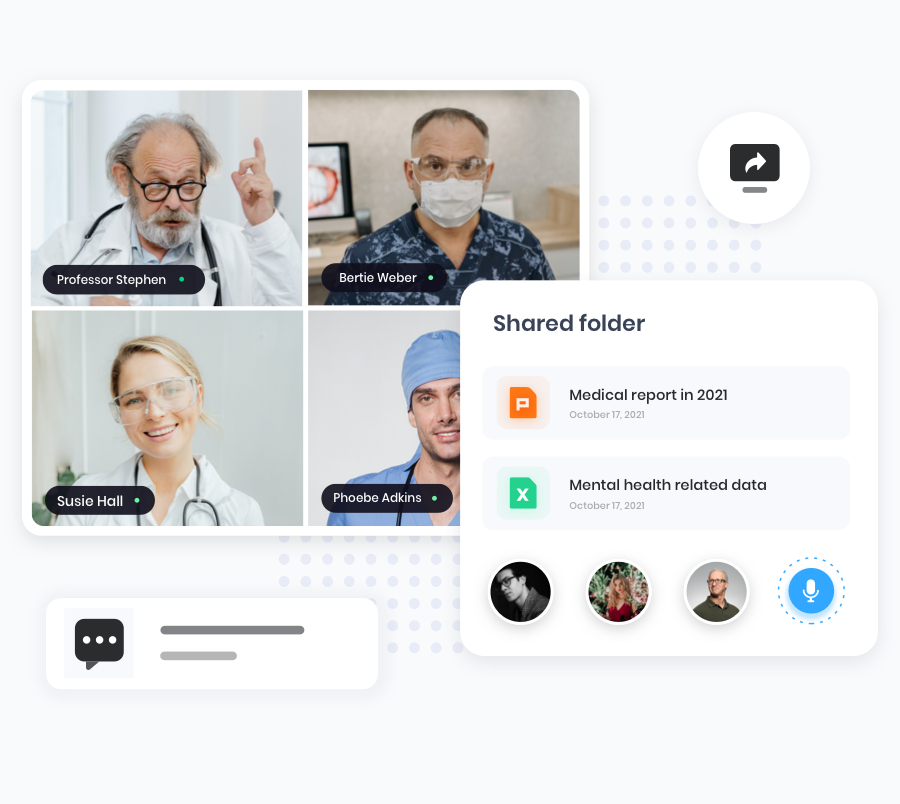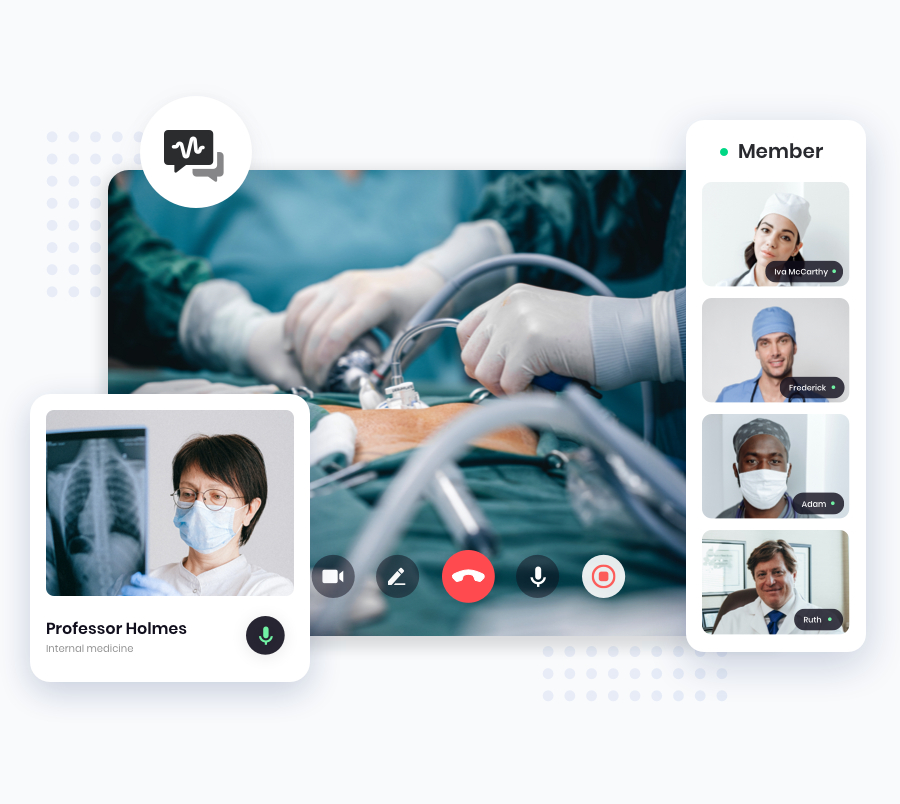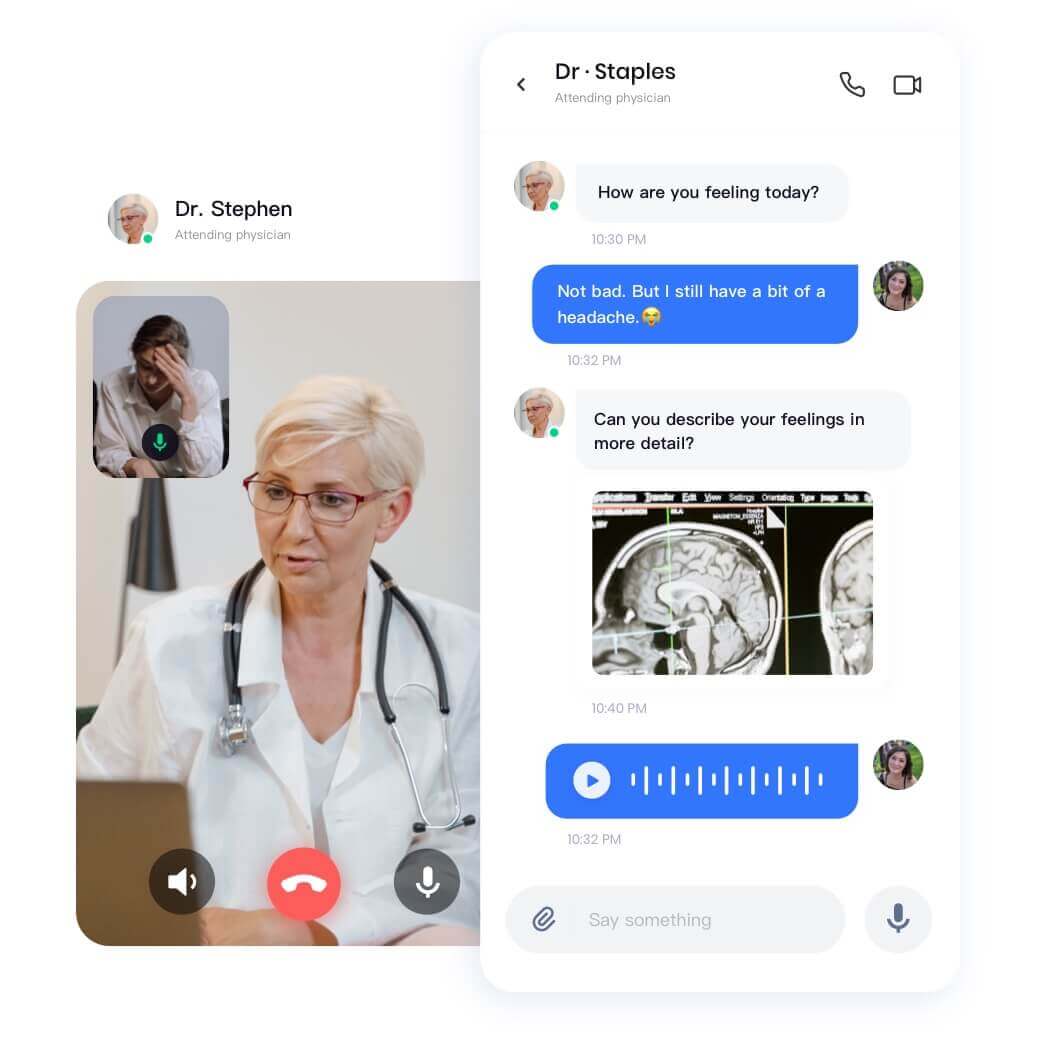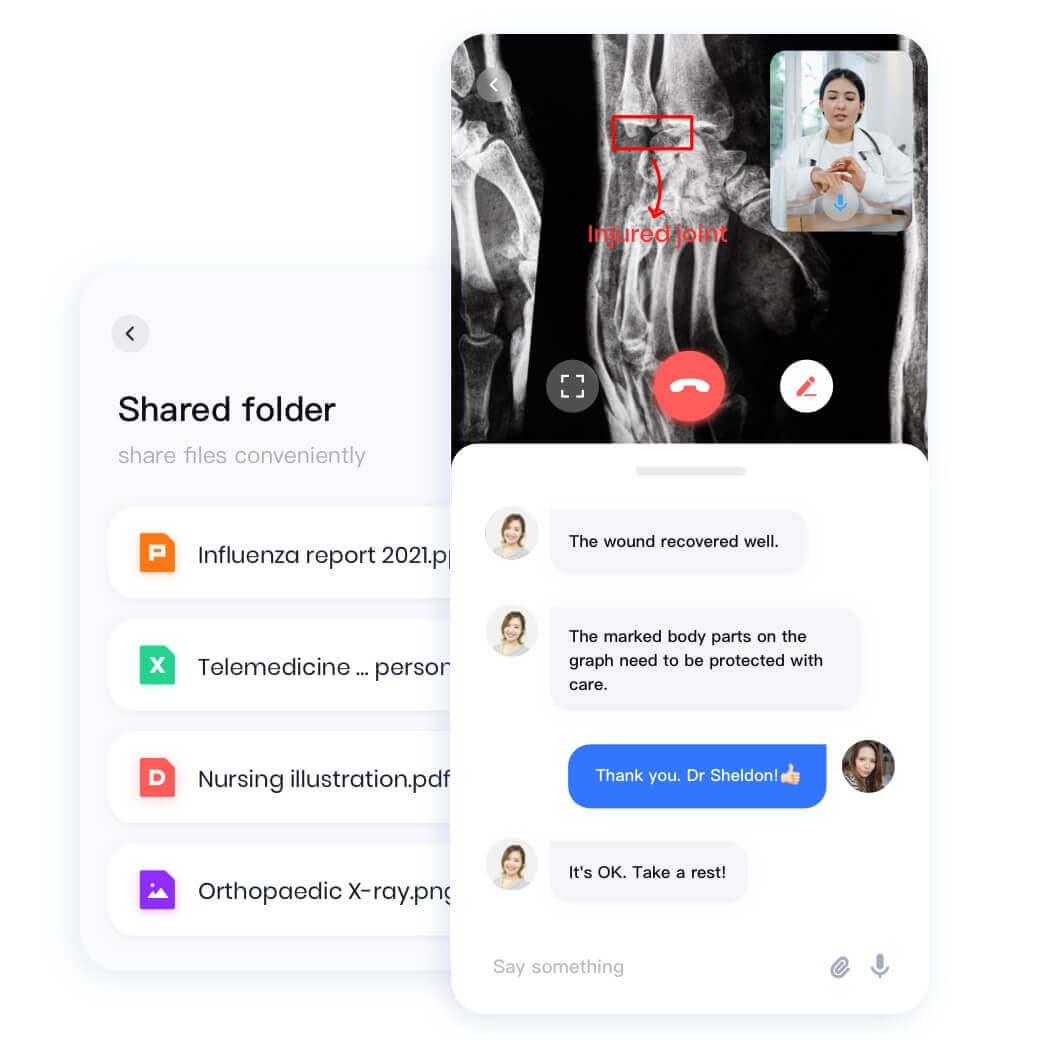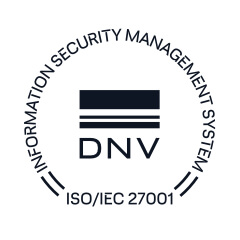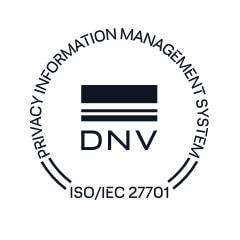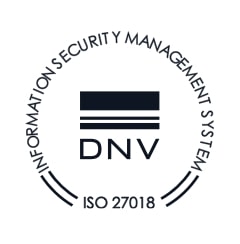Cookies usage instructions
Strictly necessary cookies
Functional cookies
Targeting and advertising cookies
Statistical analysis cookies
Cookies usage instructions
When you visit our website, we will use cookies to make sure you get the best experience on our website.
These cookies might be about you, your preferences or your device. The information does not usually
directly identify you, but it can give you a more personalised web experience. Because we respect your
right to privacy, you can choose not to allow some types of cookies. Click on the different category
headings to find out more and change our default settings. However, blocking some types of cookies may
impact your experience of the site and the services we are able to offer.
We will need to use a cookie to remember the choices that you have made within our cookie privacy
manager. This will have a couple of consequences:
If you delete all your cookies you will have to update your preferences again.
If you use a different device or browser you will have to tell us your preferences again.
Necessary cookies Actived
These cookies enable core functionality such as security, network management, and accessibility. You may
disable these by changing your browser settings, but this may affect how the website functions.
Cookies used:
.zegocloud.com
_csrf,_identity,CONSOLE_SID
.google.com
_ga
Functional Cookies Actived
These cookies enable the website to provide enhanced functionality and personalisation. They may be set by
us or by third party providers whose services we have added to our pages. If you do not allow these
cookies, then some or all of these services may not function properly.
Cookies used:
.zegocloud.com
CONSOLE_SID
Advertising cookies Actived
These cookies may be set through our site by our advertising partners. They may be used by those companies
to build a profile of your interests and show you relevant adverts on other sites. They do not store
directly personal information but are based on uniquely identifying your browser and internet device. If
you do not allow these cookies, you will experience less targeted advertising.
Cookies used:
.zegocloud.com
_uetvid,_uetsid
.facebook.com
_fbp,fr,xs,datr,wd,locale,c_user,sb
.linkedin.com
AnalyticsSyncHistory, UserMatchHistory, bcookie, lang, li_sugr, lidc
ads.linkedin.com
lang,U
.doubleclick.net
IDE
Analytics cookies Actived
These cookies allow us to count visits and traffic sources, so we can measure and improve the performance
of our site. They help us know which pages are the most and least popular and see how visitors move around
the site. All information these cookies collect is aggregated and therefore anonymous. If you do not allow
these cookies, we will not know when you have visited our site.
Cookies used:
.zegocloud.com
sensorsdata2015jssdkcross,sajssdk_2015_cross_new_user,test_version
.google.com
_ga,_gid,_gcl_au,_gat_gtag_UA_144922806_1
.hubspot.com
__hssc, __hssrc, __hstc, _clck, _clsk, hubspotutk, messagesUtk, __cf_bm, __cfruid, csrf.app, hubspotapi,
hubspotapi-csrf, hubspotapi-prefs
www.clarity.ms
CLID
.clarity.ms
MUID
